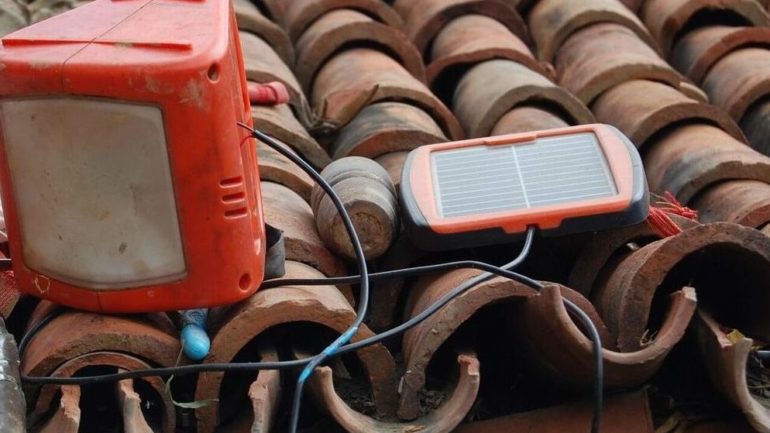Blog

The Council on Energy, Environment and Water (CEEW), a strategic partner with ISEP, has recently released an important report on strategies for achieving 24×7 power for all in Odisha, India. The report highlights the importance of several factors that are often underemphasized in 24×7 electrification strategies: (1) household awareness about costs and service; (2) the quality of electricity services delivered to households; and (3) the potential for off-grid electricity services.
The report leverages information from the ACCESS 2015 survey, which surveyed 504 households across 42 villages in three districts of Odisha. Results of the survey are statistically representative at the district- and state-level.
Among the key findings from the analysis:
- A large number of unelectrified households (67%) are located in habitations that have grid electrification available. This indicates that the barriers to greater electrification are not simply access to grid electricity, but also the lack of interest in or access to information about how to get a household connection.
- Probably the most important informational barrier to households gaining access are perceptions about cost. Overall 95% of unelectrified households reported high connection costs as a barrier to adoption of grid electricity, while 90% reported high monthly expenses as a barrier. Often these perceptions are based on faulty information. For example, 90% of BPL households reported that they found the initial costs of connection too high, even though they qualified for connections at a highly subsidized rate. Moreover, the monthly costs of electrification were often lower than what the household pays for kerosene lighting.
- Perceptions of, and reported, quality of grid electrification is often quite low. Over 60% of electrified households were not satisfied with grid electricity, citing lack of availability and voltage issues as the primary reasons for their dissatisfaction. 71% of electrified households were unable to use the appliances they would like because of these barriers. It is understandable why many unelectrified households may not want an electrical connection when they observe their neighbors’ dissatisfaction with their connections.
The findings suggest that there need to be a number of improvements in both information provision and service. From an information provision standpoint, campaigns to educate households about the actual costs of electricity connections and the procedure for procuring a connection look to be critical. Many households appear to dramatically overestimate the costs of connections, and those households that qualify for heavy subsidies are often unaware of them. These kind of barriers are relatively easy to overcome and can go a long way to increasing the number of electrified households, especially in villages that already have grid electricity.
Reliability issues are somewhat more difficult to address, and have long plagued efforts at rural electrification. Rural electricity is characterized by low-level demand, usually concentrated in a relatively short period during the day. Moreover, demand is usually spread out over a relatively large land area, increasing the needed investment in fixed infrastructure. Thus, improved reliability faces a number of technical challenges, and electricity providers often have little incentive to make the needed changes.
A few ideas have been floated, including by the CEEW analysis, for improving reliability. Some have suggested that flexible pricing, allowing companies to charge a higher amount during peak demand hours, can decrease overload on the system. However, a recent study on such a system has suggested that total demand in many rural areas may be too low for this to be effective. Another option for improving reliability is to decrease the number of illegal connections. Indeed, a surprising number of people in Odisha either have no problem with illegal connections or are not aware that they are illegal. Finally, some areas may be better served by off-grid solutions to basic electricity access, alleviating some of the pressure on electricity providers to expand into areas for which there is little market incentive to provide quality service.
In sum, the goal of providing 24×7 power for all in India faces obstacles that are more than just about money and grid expansion. Information and improved reliability will also play a key role in ensuring that households will apply for connections and pay for monthly service. Recognition of these barriers to expanded access will play a key role in shaping both government policy and NGO programs.
